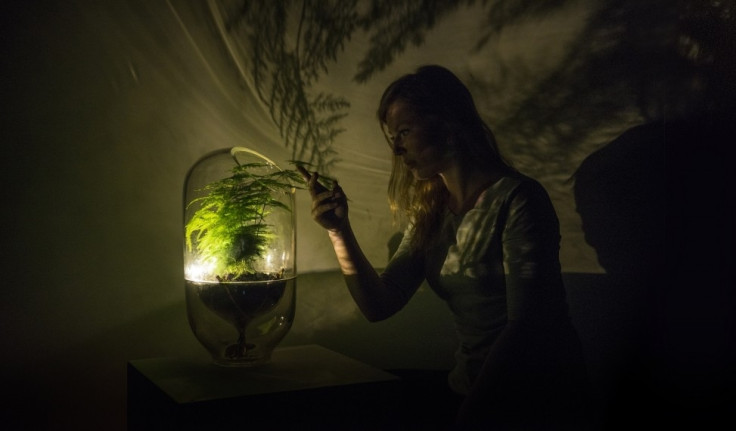This startup is harnessing the power from plants to create electricity
The future is bright as startup turns living plants into lamps

Plants could hold the key to new source of renewable energy after their power was harnessed by a Dutch startup to create electricity. The energy can currently be used as a lamp but it could potentially produce enough power to charge your phone.
Using the process of microbial physics, whereby energy is generated by bacteria and harvested by microbial fuel cells, Dutch designer Ermi van Oers created Living Light – a lamp that is powered by the plant.
As the plant releases organic compounds in the soil during photosynthesis, the bacteria generates electrons and protons used much like a battery. Producing 0.1mW of power wires connected to the soil and a bulb is enough to run a low-light lamp.
"I see this design as a first step towards a future where plants will be part of our energy system. At the moment, the power output is low, but the technology is still in full development and researchers see a big potential in this renewable energy source," said van Oers.
According to the designer this 'living energy' source can become stronger the healthier and happier the plant is. The idea of watering a lamp might sound slighty odd, if not a bit dangerous, but van Oers suggests to add a little water, chat to it or "stroke it" and it will emit a constant source of energy. It also serves as a good visual indicator as to whether the plant needs some TLC as the light will dim.
The team has partnered with Plant-e – the first company that develops and produces products based on living plants that generate electricity – to expand the potential of the Living Light with the hope to be able to harvest more power.
For those wanting to own some truly green energy Living Light is taking pre-orders for its first production samples. However, there is no price set as of yet.
With the average mobile phone charger using around two to six megawatts of power, they have some way to go before we start plugging our smartphones into our living room rubber plants.
But as they say, the future's bright.
© Copyright IBTimes 2024. All rights reserved.






